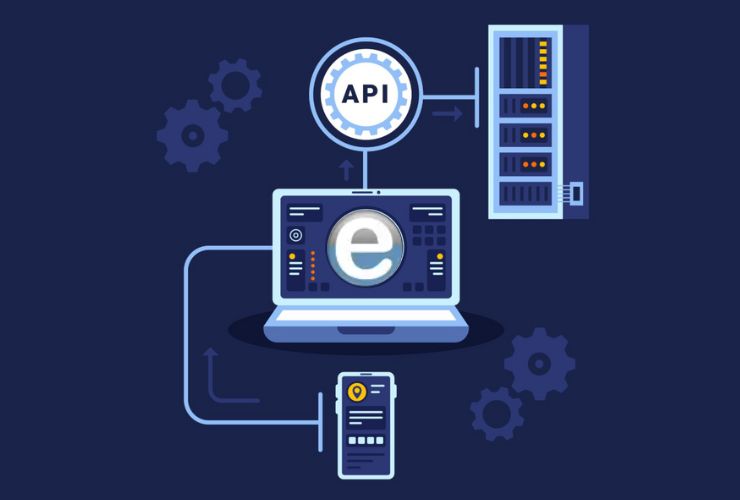Node.js is a cross-platform, open-source runtime environment that allows developers to write high-performance, scalable server-side applications in JavaScript. Node.js was created by Ryan Dahl in 2009 and brought about a paradigm change in backend development by making JavaScript, which was previously limited to browsers, executable on servers. This has turned Node.js into one of the most popular technologies used in web development today.
The Strength of Event-Driven, Non-Blocking Architecture
What sets Node.js apart from traditional server-side platforms is its event-driven, non-blocking architecture. Instead of wasting time waiting for an operation to complete before starting the next one, Node.js handles operations concurrently, using callbacks and I/O asynchronous processes. This provides a significant boost in performance, especially when dealing with real-time data applications such as live chat, online games, stock dashboards, and collaborative features.
This model is a game-changer for data-intensive, high-traffic applications because it can manage thousands of simultaneous connections without losing performance. Node.js uses less system resource compared to thread-based models but offers superior results.
Built for Speed and Efficiency
At its foundation lies the Google V8 engine, which translates JavaScript directly into machine code, providing lightning-fast performance. This makes Node.js well suited for developing APIs, microservices, and real-time apps that need rapid data processing and low latency. Companies wanting to deliver seamless experiences—such as instant updates or live notifications—appreciate this speed immensely.
Scalability That Grows with Your Business
Node.js is designed with scalability. Node.js supports both vertical scaling (spending more resources on a single server) and horizontal scaling (spending more servers on an environment). What this does for startups is you can start small and scale later when demand picks up. What this does for enterprises is to make sure even large applications perform well under traffic with high traffic levels.
The modularity of Node.js promotes the adoption of microservices architecture, in which big applications are divided into smaller, standalone services. Not only does this enhance scalability, but it also makes it easier to maintain and enables development teams to independently work on various components.
Rich Ecosystem with npm
Node.js’s ecosystem is among the largest in the developer community, owing to npm (Node Package Manager). With the availability of more than one million open-source packages, developers are able to save time by using existing modules rather than creating features from the ground up. Such a rich ecosystem speeds up development and saves costs, making Node.js an extremely efficient option for rapid application development.
Full-Stack JavaScript Development
With Node.js, JavaScript can be used for both frontend and backend, and hence full-stack development is a reality. It eases development with code reuse, shared libraries, and consistent data models. It eases team collaboration and quickens the development cycle, enhancing the capability of releasing products to market faster.
Active Community and Strong Corporate Support
Node.js has a healthy open-source community backing it and major corporations like Google, Microsoft, Netflix, and PayPal. Ongoing updates, active development, and extended support ensure that Node.js remains secure, up-to-date, and in sync with modern development needs.
Common Use Cases of Node.js
- Real-time applications (e.g., messaging apps, live chat tools)
- RESTful APIs and microservices
- Single Page Applications (SPAs)
- IoT platforms and connected devices
- Data streaming services
- Cloud-based SaaS platforms
- E-commerce and transaction-heavy platforms
Conclusion
Node.js is far more than just a backend runtime – it’s an incredibly effective means of enabling fast, scalable, and efficient web development. Whether starting a startup MVP or running a high-traffic business application, Node.js provides the tools and agility necessary to build modern digital experiences. Its compelling blend of speed, scalability, support from the community, and developer productivity positions it squarely as a front-runner in the dynamic future of web development.














